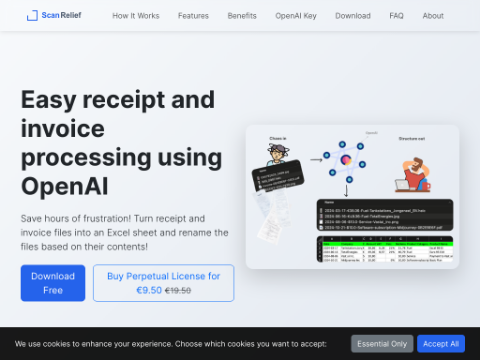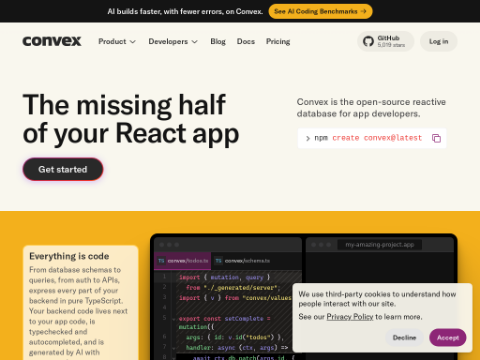Figure AI has launched HELIX, an innovative technology that integrates vision, language understanding, and action execution into a single neural network. This breakthrough allows humanoid robots to perform complex tasks with minimal programming or fine-tuning, marking a significant advancement in robotics. HELIX holds wide-ranging potential in industrial, home, and collaborative settings, poised to redefine the capabilities of humanoid robots.
HELIX is designed to overcome obstacles. Whether navigating the structured chaos of a warehouse or operating in the unpredictable environment of a home, it is built to be smarter, more versatile, and easier to collaborate with. By integrating vision, language understanding, and action into one neural network, HELIX enables robots to handle complex tasks with minimal programming or fine-tuning. The result? Machines can generalize, adapt, and even cooperate. If you've ever wished for a truly helpful robot—whether picking up unfamiliar objects or assisting with projects—HELIX may be the breakthrough you've been waiting for.
Figure AI Humanoid Robots
Key Highlights:
- Figure AI's HELIX combines vision, language understanding, and action execution into a unified Vision-Language-Action (VLA) model, enabling humanoid robots to perform complex tasks with minimal programming or fine-tuning.
- HELIX features high energy efficiency, strong scalability, and task generalization capabilities, suitable for industrial, home, and collaborative applications.
- Its advanced capabilities stem from training on diverse datasets, including remote operation behaviors, auto-labeled video data, synthetic data, and reinforcement learning, ensuring adaptation to new environments and tasks.
- HELIX excels in collaborative tasks, controlling the entire humanoid upper body for seamless teamwork, and has demonstrated potential in industrial settings like BMW manufacturing plants.
- Despite being commercially ready, HELIX faces challenges in real-world testing, autonomy, and voice command integration. Future development will focus on improving these areas and using fleet learning systems for continuous enhancement.
Vision-Language-Action Model: The Core Innovation of HELIX
The core of HELIX is its Vision-Language-Action (VLA) model, which seamlessly integrates three fundamental functions:
- Vision: Enables robots to identify objects and interpret their surroundings.
- Language Processing: Allows robots to understand and respond to natural language prompts.
- Action Execution: Assists in task execution based on interpreted commands.
In contrast to traditional robotic systems that rely on separate modules, HELIX operates through a unified neural network. This integrated design eliminates the need for task-specific fine-tuning, allowing robots to generalize their behavior across various scenarios.
A notable feature of HELIX is its ability to run on low-power GPUs, making it both energy-efficient and cost-effective. This compact and scalable design ensures that HELIX can be deployed across various robotic platforms without compromising performance, making it a versatile solution for diverse applications.
Capabilities: Adaptability, Collaboration, and Precision
Robots equipped with HELIX demonstrate exceptional adaptability, capable of manipulating unfamiliar objects and responding to natural language commands without specific task training. For instance, a robot can execute a command like "pick up the red cup and place it on the table," even if it hasn't encountered this exact scenario before. This adaptability is supported by HELIX's pre-trained vision-language model, which has 7 billion parameters and can interpret and execute a wide range of commands.
In collaborative tasks, HELIX excels by controlling the entire humanoid upper body, including wrists, torso, head, and fingers, showcasing high flexibility. This capability allows multiple robots to work together seamlessly, performing tasks such as object passing or shared operations. This coordination is particularly valuable in industrial and home environments, where teamwork and flexibility are often essential.
Training and Data: Building HELIX's Advanced Capabilities
HELIX's sophisticated capabilities are achieved through extensive training on diverse datasets. The model's development utilized:
- 500 hours of remote operation behaviors: Human operators guided the robot through various tasks, creating a realistic dataset.
- Auto-labeled video data: Paired with remote operation sessions to provide natural language-conditioned training pairs.
- Synthetic data: To expose the model to a broader range of scenarios and extreme situations.
- Reinforcement learning: Optimizing decision-making and adaptability through iterative learning processes.
This combination of real-world and synthetic data ensures that HELIX can effectively generalize and adapt to new environments and tasks with minimal additional training. The result is








